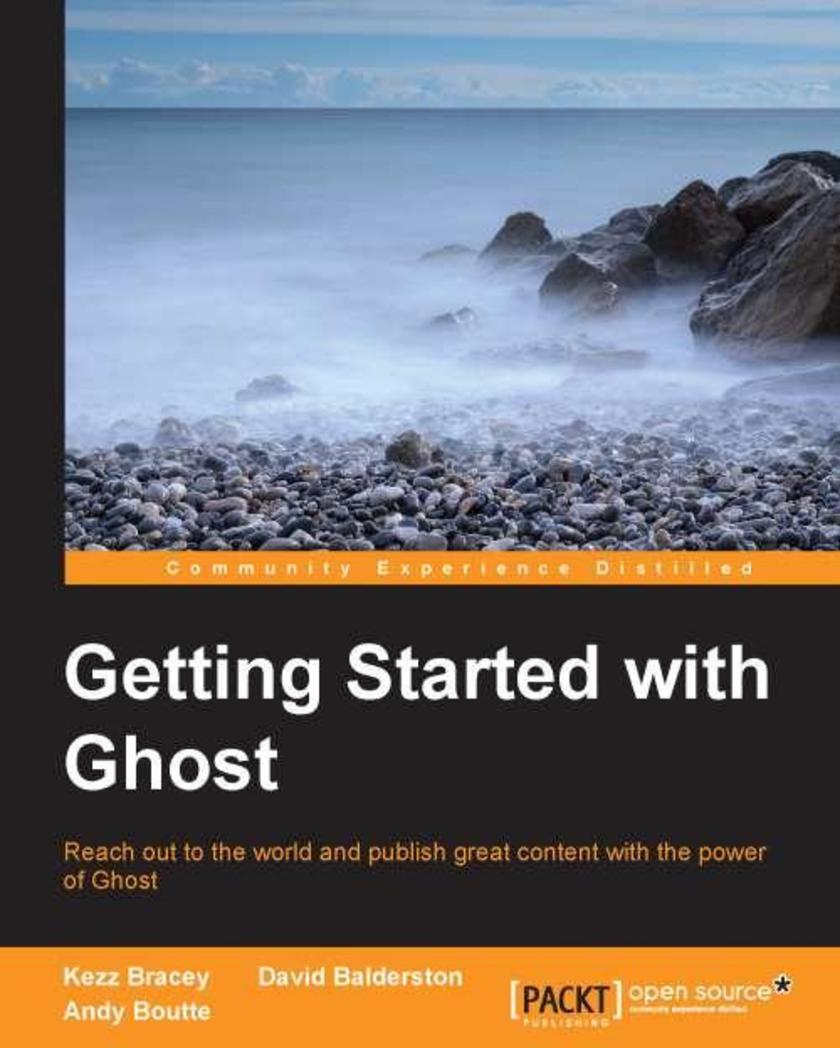
Getting Started with Ghost
¥45.77
If you are new to Ghost, this book is ideal for you. You might be completely new to content management systems or you might have experience with others such as WordPress. Some knowledge of web design basics such as HTML and CSS will be useful, but the book is designed so you can enter at the point relevant to you.
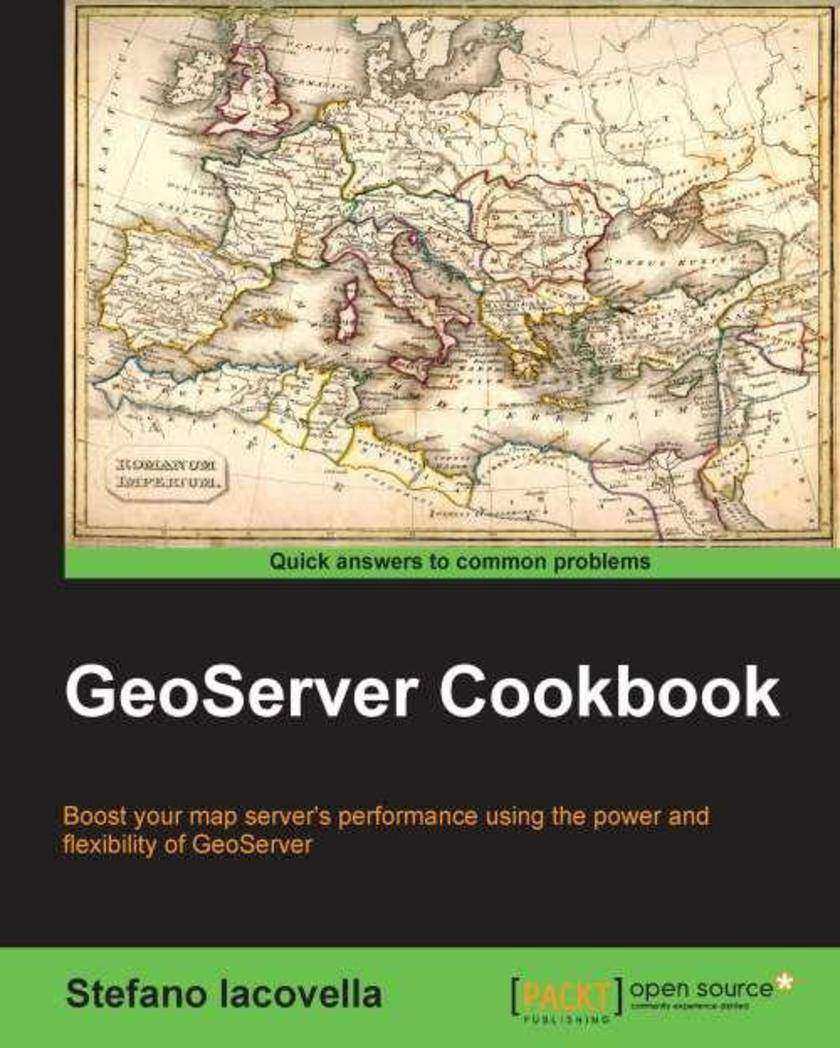
GeoServer Cookbook
¥90.46
This book is ideal for GIS experts, developers, and system administrators who have had a first glance at GeoServer and who are eager to explore all its features in order to configure professional map servers. Basic knowledge of GIS and GeoServer is required.
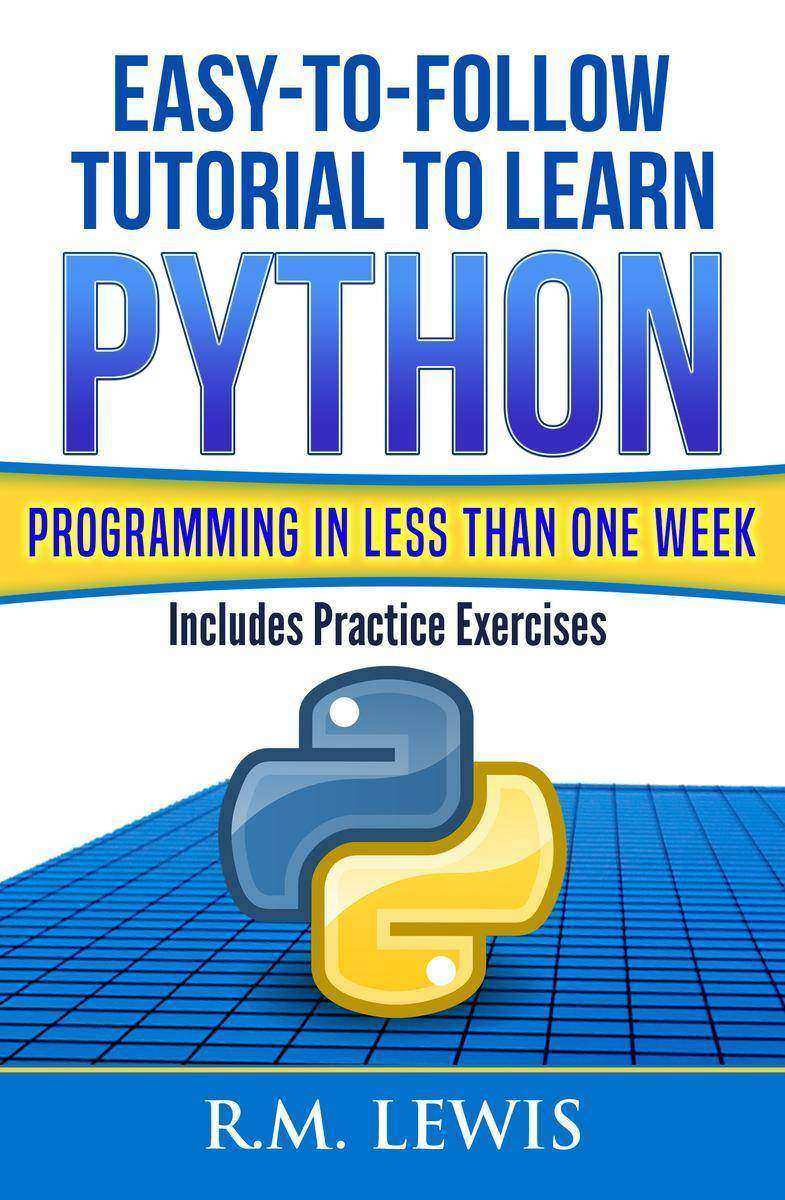
Easy-To-Follow Tutorial To Learn Python Programming In Less Than One Week
¥24.44
Easy-To-Follow Tutorial To Learn Python Programming In Less Than One Week
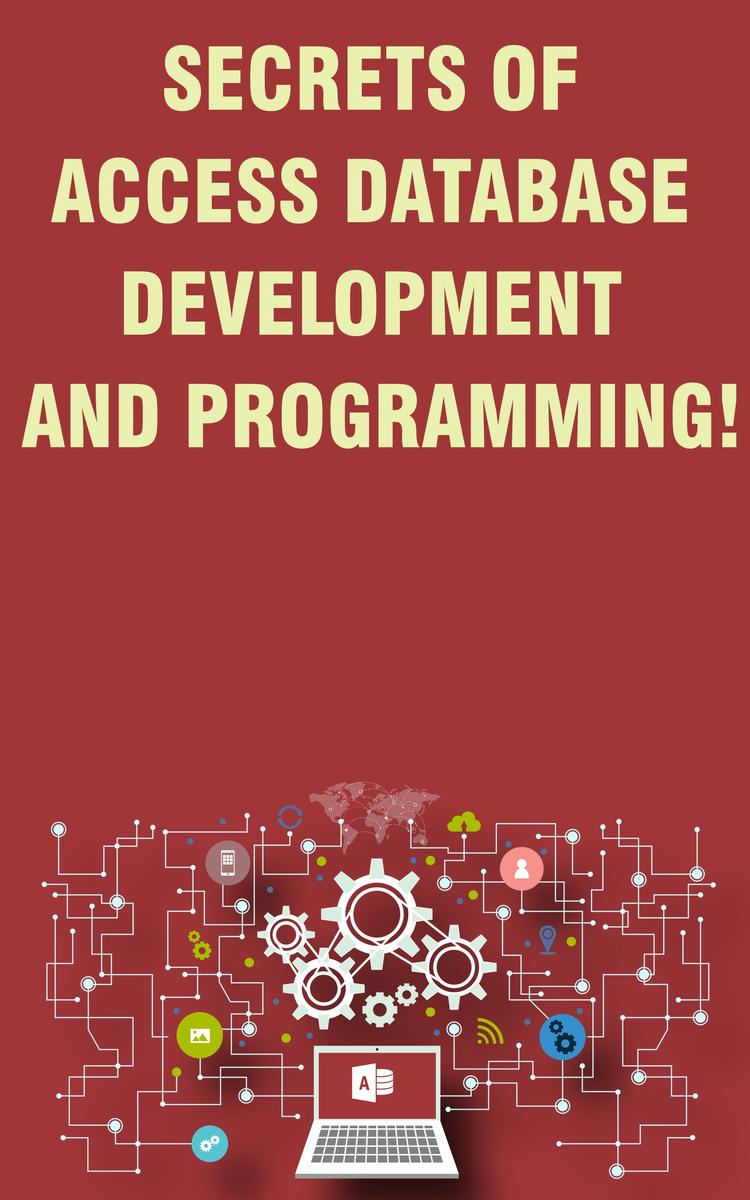
Secrets of Access Database Development and Programming
¥24.44
Secrets of Access Database Development and Programming
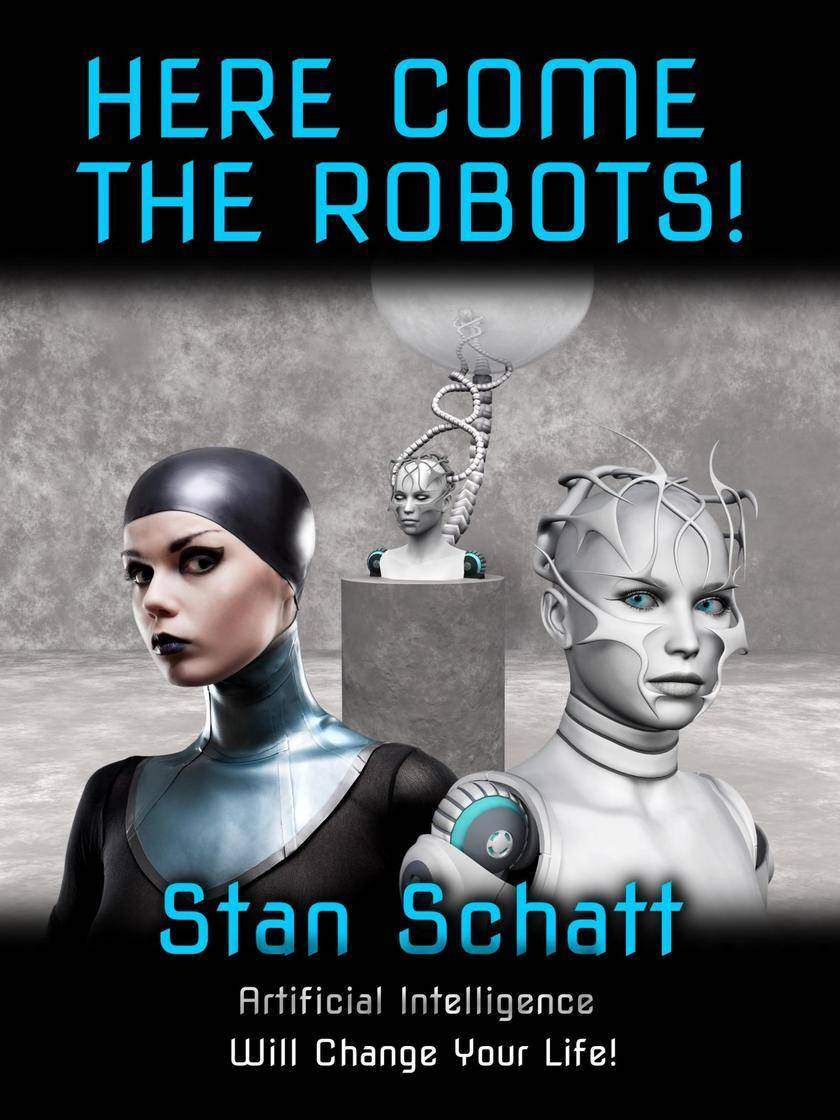
Here Come The Robots!
¥24.44
Here Come The Robots!
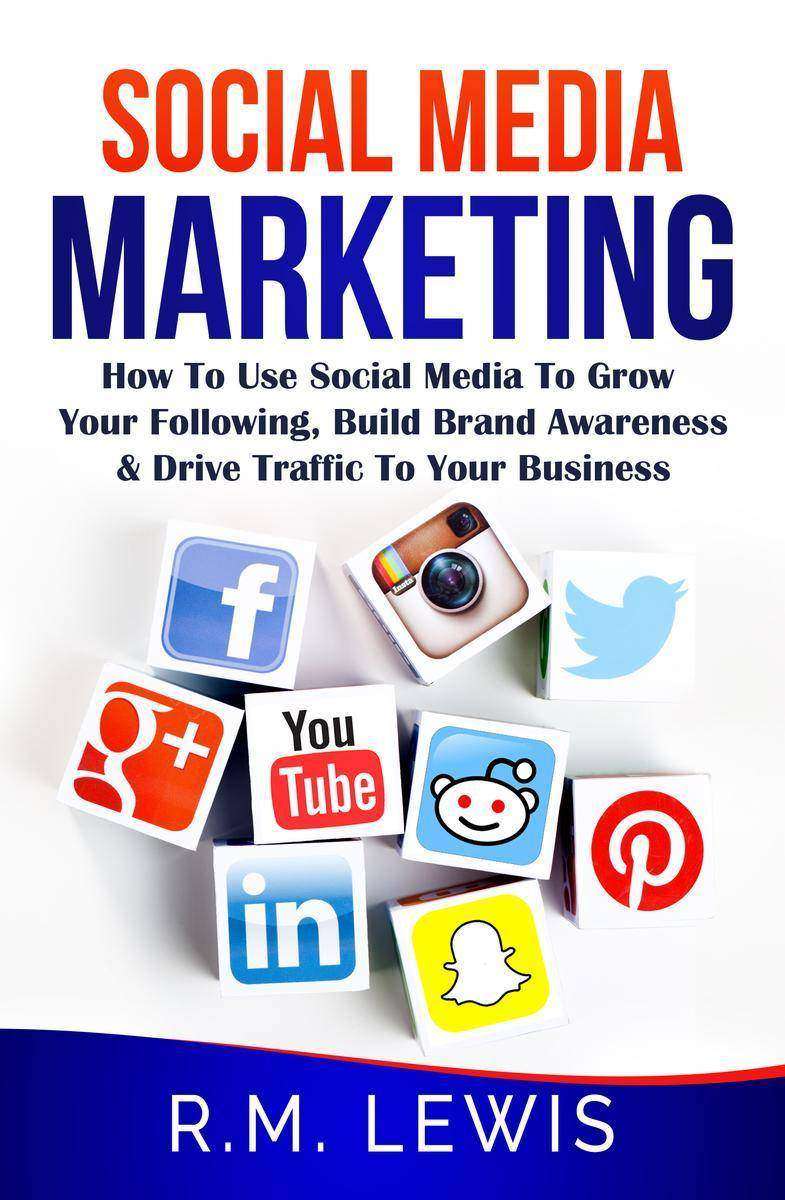
Social Media Marketing in 2018
¥24.44
Social Media Marketing in 2018
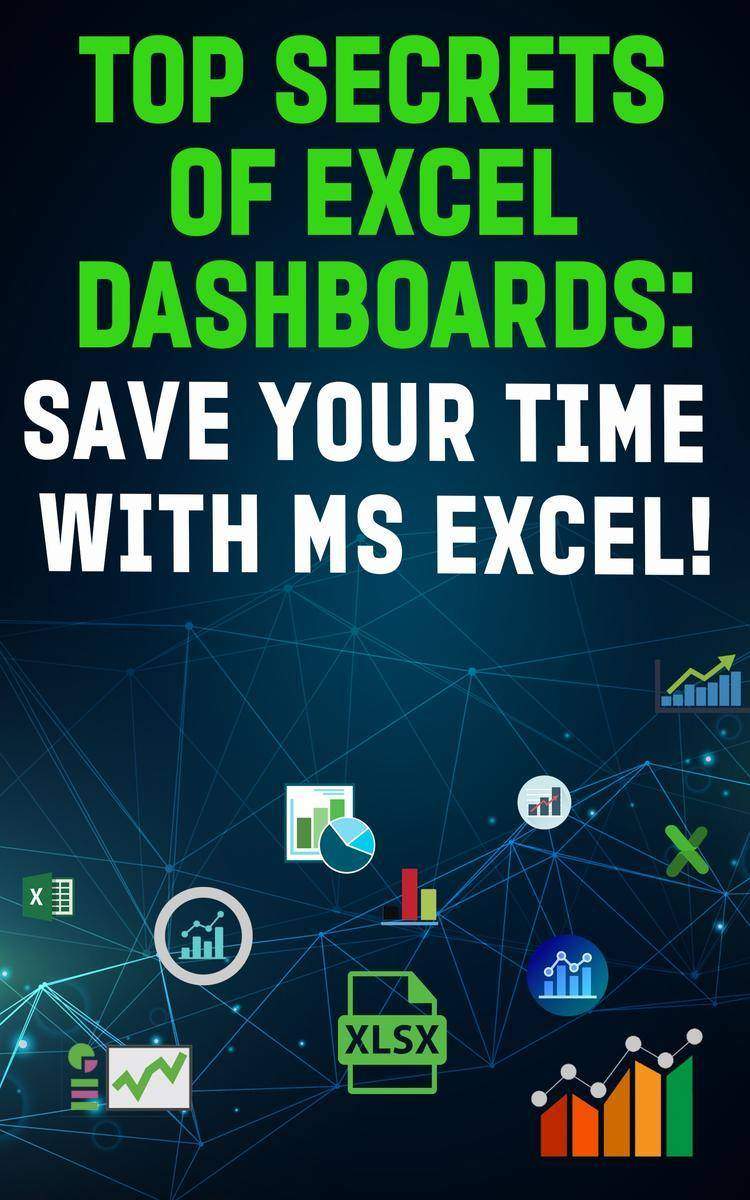
Top Secrets Of Excel Dashboards: Save Your Time With MS Excel
¥24.44
Top Secrets Of Excel Dashboards: Save Your Time With MS Excel
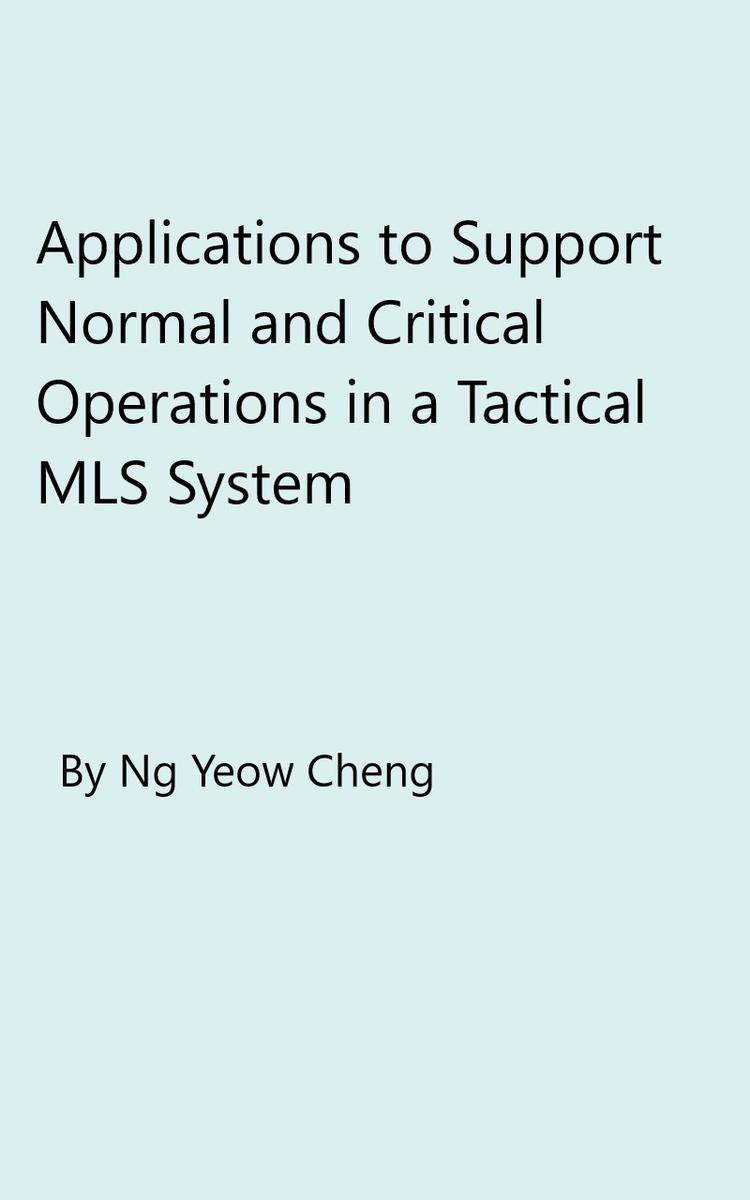
Applications to Support Normal and Critical Operations in a Tactical MLS System:
¥5.97
Applications to Support Normal and Critical Operations in a Tactical MLS System: Cybersecurity
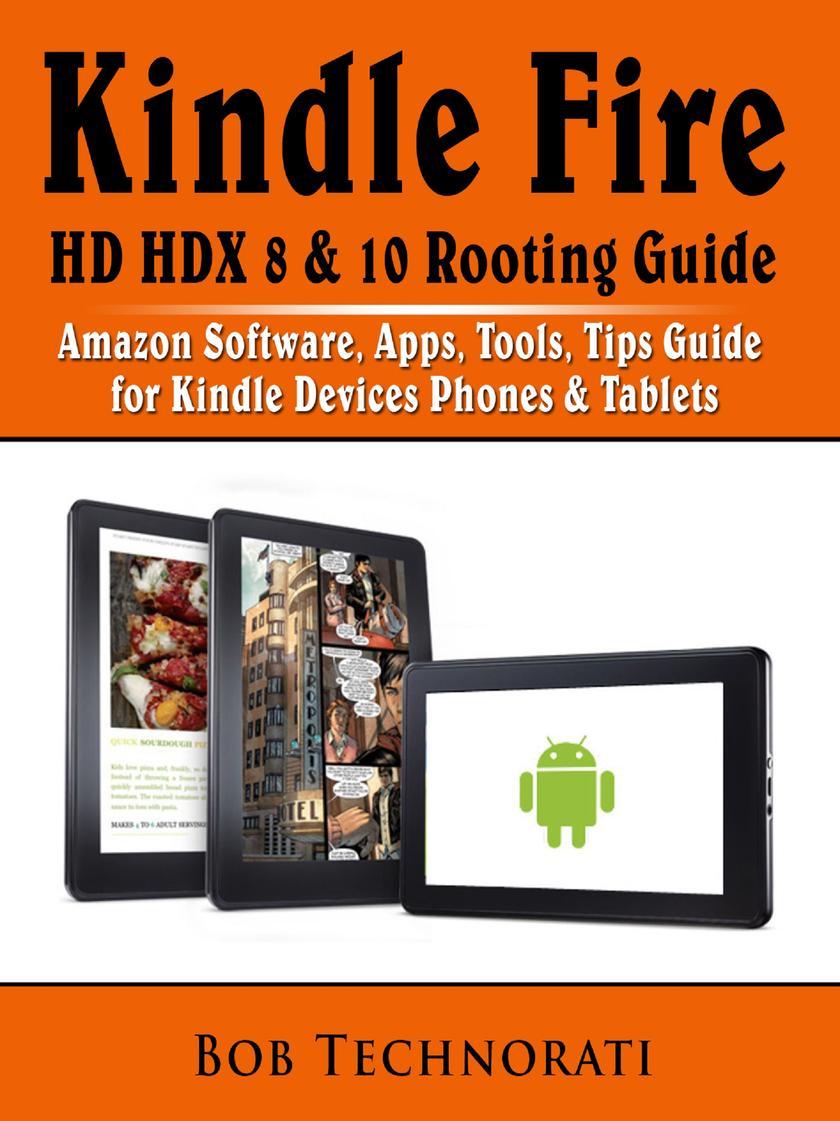
Kindle Fire HD HDX 8 & 10 Rooting Guide
¥40.79
Kindle Fire HD HDX 8 & 10 Rooting Guide
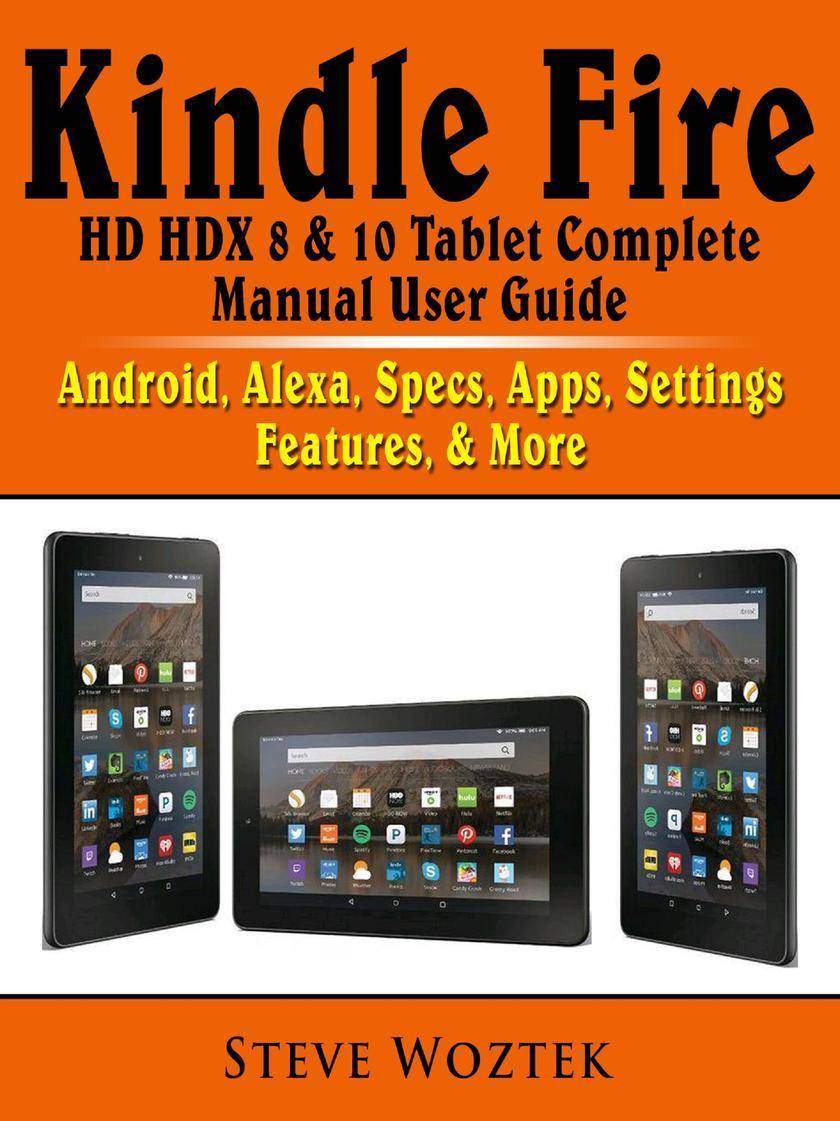
Kindle Fire HD HDX 8 & 10 Tablet Complete Manual User Guide
¥40.79
Kindle Fire HD HDX 8 & 10 Tablet Complete Manual User Guide

A hárem bábája
¥74.74
Válaszok a nap mint nap el?forduló gyakorlati iratkezelési kérdésekre! Hogyan feleljünk meg a jogszabályoknak? Mik azok a SZE?SZ-?k és milyen el?ny?kkel jár az alkalmazásuk? Mi a kül?nbség a digitális és az elektronikus aláírás k?z?tt? Mikor javasolt a vonalkódos digitalizálás használata? Mire kell figyelnem egy iratkezel? rendszer bevezetésénél? ?Az egységes iratkezelés k?zelmúltban bet?lt?tt 10. évfordulója az ágazat felel?s vezet?it és munkatársait is visszatekintésre, ?sszegzésre és a j?v?re irányuló útkeresésre ?szt?nzi. Remek segédeszk?z ehhez e kiadvány, ami professzionális módon foglalja ?ssze az iratkezelés napjainkban aktuális témáit, problémáit. Bízom benne, hogy mindennapi munkájuk során az iratkezel?i állomány, az iratkezelésért felel?s szervezeti egységek vezet?i gyakran kezükbe veszik majd és ?sorvezet?ként” alkalmazzák. Kovács Rezs? – Belügyminisztérium, Iratkezelési és Adatvédelmi F?osztály, f?osztályvezet? ?Lehet-e izgalmasabb annál, mint amikor kit?n? szakemberek vallanak munkájukról, annak jogi és természetes k?rnyezetér?l, a fejl?dés irányairól? A válogatott fejezetek az iratkezelés-, az elektronizálás- és az elektronikus iratkezelés ábécéjének foglalatát adják olyan szerz?k tollából, akik maguk is jártasak a témában és végigjárták annak útveszt?it.” Surányiné dr. Temesi Mária - K?zigazgatási és Elektronikus K?zszolgáltatások K?zponti Hivatala, Kormányzati K?zponti ?rkeztet? F?osztály, f?osztályvezet?
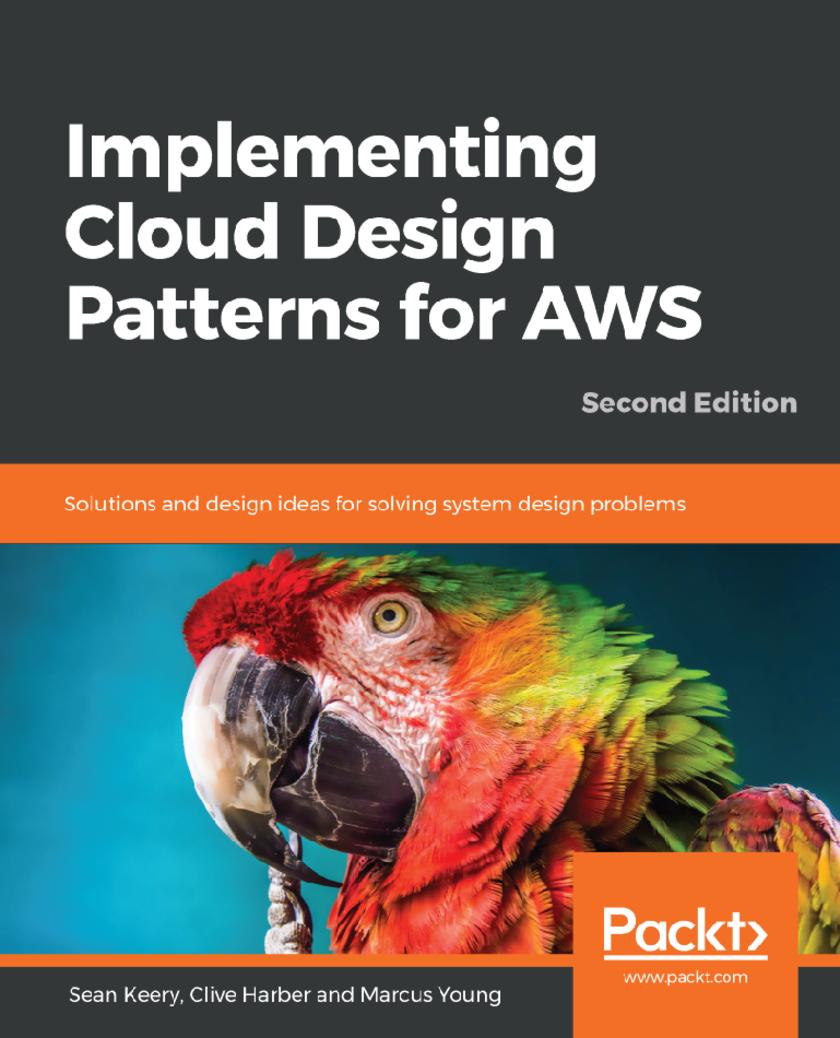
Implementing Cloud Design Patterns for AWS
¥70.84
Create highly efficient design patterns for scalability, redundancy, and high availability in the AWS Cloud Key Features * Build highly robust systems using the cloud infrastructure * Make web applications resilient against scheduled and accidental downtime * Explore and apply Amazon-provided services in unique ways to solve common design problems Book Description Whether you're just getting your feet wet in cloud infrastructure or already creating complex systems, this book will guide you through using the patterns to fit your system needs. Starting with patterns that cover basic processes such as source control and infrastructure-as-code, the book goes on to introduce cloud security practices. You'll then cover patterns of availability and scalability and get acquainted with the ephemeral nature of cloud environments. You'll also explore advanced DevOps patterns in operations and maintenance, before focusing on virtualization patterns such as containerization and serverless computing. In the final leg of your journey, this book will delve into data persistence and visualization patterns. You'll get to grips with architectures for processing static and dynamic data, as well as practices for managing streaming data. By the end of this book, you will be able to design applications that are tolerant of underlying hardware failures, resilient against an unexpected influx of data, and easy to manage and replicate. What you will learn * Implement scaling policies on schedules, influxes in traffic, and deep health checks * Make complete use of highly available and redundant storage * Design content delivery networks to improve user experience * Optimize databases through caching and sharding * Apply patterns to solve common problems * Implement repeatable processes for deploying systems Who this book is for If you’re an architect, solution provider, or DevOps community member looking to implement repeatable patterns for deploying and maintaining services in the Amazon cloud infrastructure, this book is for you. You’ll need prior experience of using AWS understand key concepts covered in the book, as it focuses on the patterns rather than the basics of using AWS.
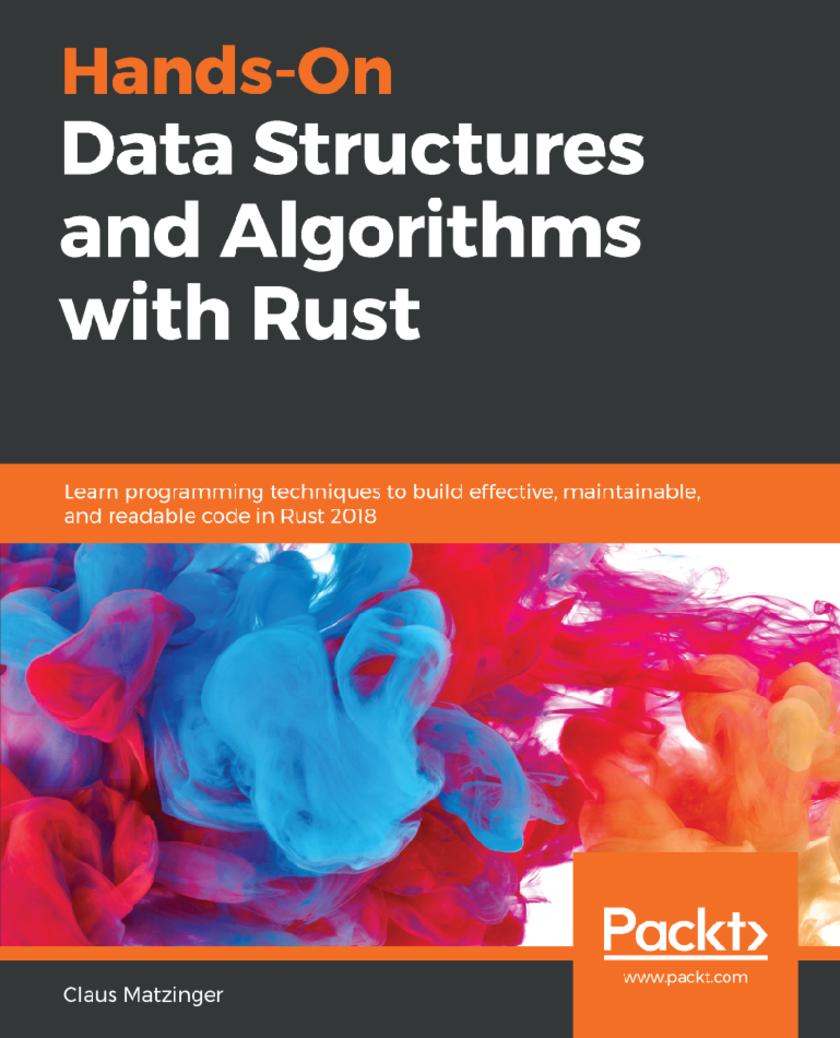
Hands-On Data Structures and Algorithms with Rust
¥73.02
Design and implement professional level programs by exploring modern data structures and algorithms in Rust. Key Features * Use data structures such as arrays, stacks, trees, lists and graphs with real-world examples * Learn the functional and reactive implementations of the traditional data structures * Explore illustrations to present data structures and algorithms, as well as their analysis, in a clear, visual manner. Book Description Rust has come a long way and is now utilized in several contexts. Its key strengths are its software infrastructure and resource-constrained applications, including desktop applications, servers, and performance-critical applications, not forgetting its importance in systems' programming. This book will be your guide as it takes you through implementing classic data structures and algorithms in Rust, helping you to get up and running as a confident Rust programmer. The book begins with an introduction to Rust data structures and algorithms, while also covering essential language constructs. You will learn how to store data using linked lists, arrays, stacks, and queues. You will also learn how to implement sorting and searching algorithms. You will learn how to attain high performance by implementing algorithms to string data types and implement hash structures in algorithm design. The book will examine algorithm analysis, including Brute Force algorithms, Greedy algorithms, Divide and Conquer algorithms, Dynamic Programming, and Backtracking. By the end of the book, you will have learned how to build components that are easy to understand, debug, and use in different applications. What you will learn * Design and implement complex data structures in Rust * Analyze, implement, and improve searching and sorting algorithms in Rust * Create and use well-tested and reusable components with Rust * Understand the basics of multithreaded programming and advanced algorithm design * Become familiar with application profiling based on benchmarking and testing * Explore the borrowing complexity of implementing algorithms Who this book is for This book is for developers seeking to use Rust solutions in a practical/professional setting; who wants to learn essential Data Structures and Algorithms in Rust. It is for developers with basic Rust language knowledge, some experience in other programming languages is required.
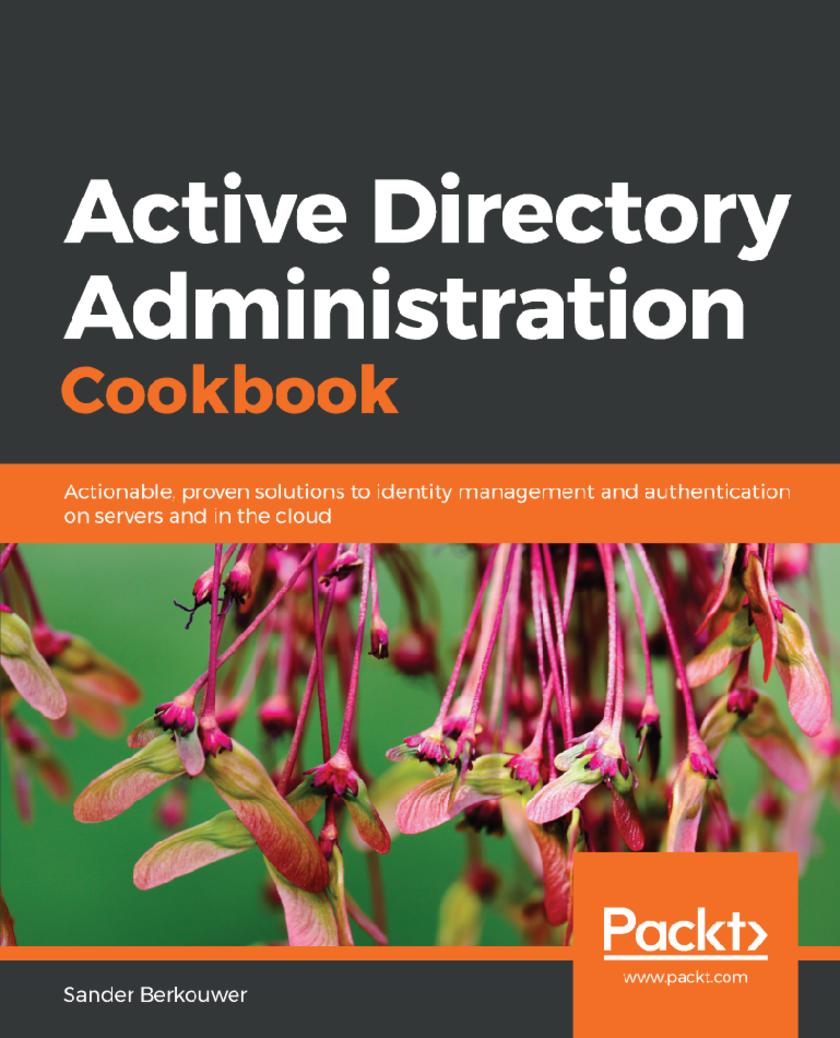
Active Directory Administration Cookbook
¥79.56
Learn the intricacies of managing Azure AD, Azure AD Connect as well as Active Directory for administration on cloud and Windows Server 2019 Key Features * Expert solutions for the federation, certificates, security, and monitoring with Active Directory * Explore Azure AD and AD Connect for effective administration on cloud * Automate security tasks using Active Directory and PowerShell Book Description Active Directory is an administration system for Windows administrators to automate network, security and access management tasks in the Windows infrastructure. This book starts off with a detailed focus on forests, domains, trusts, schemas and partitions. Next, you learn how to manage domain controllers, organizational units and the default containers. Going forward, you deep dive into managing Active Directory sites as well as identifying and solving replication problems. The next set of chapters covers the different components of Active Directory and discusses the management of users, groups and computers. You also go through recipes that help you manage your Active Directory domains, manage user and groups objects and computer accounts, expiring group memberships and group Managed Service Accounts with PowerShell. You learn how to work with Group Policy and how to get the most out of it. The last set of chapters covers federation, security and monitoring. You will also learn about Azure Active Directory and how to integrate on-premises Active Directory with Azure AD. You learn how Azure AD Connect synchronization works, which will help you manage Azure AD. By the end of the book, you have learned in detail about Active Directory and Azure AD, too. What you will learn * Manage new Active Directory features, such as the Recycle Bin, group Managed Service Accounts, and fine-grained password policies * Work with Active Directory from the command line and use Windows PowerShell to automate tasks * Create and remove forests, domains, and trusts * Create groups, modify group scope and type, and manage memberships * Delegate control, view and modify permissions * Optimize Active Directory and Azure AD in terms of security Who this book is for This book will cater to administrators of existing Active Directory Domain Services environments and/or Azure AD tenants, looking for guidance to optimize their day-to-day effectiveness. Basic networking and Windows Server Operating System knowledge would come in handy.
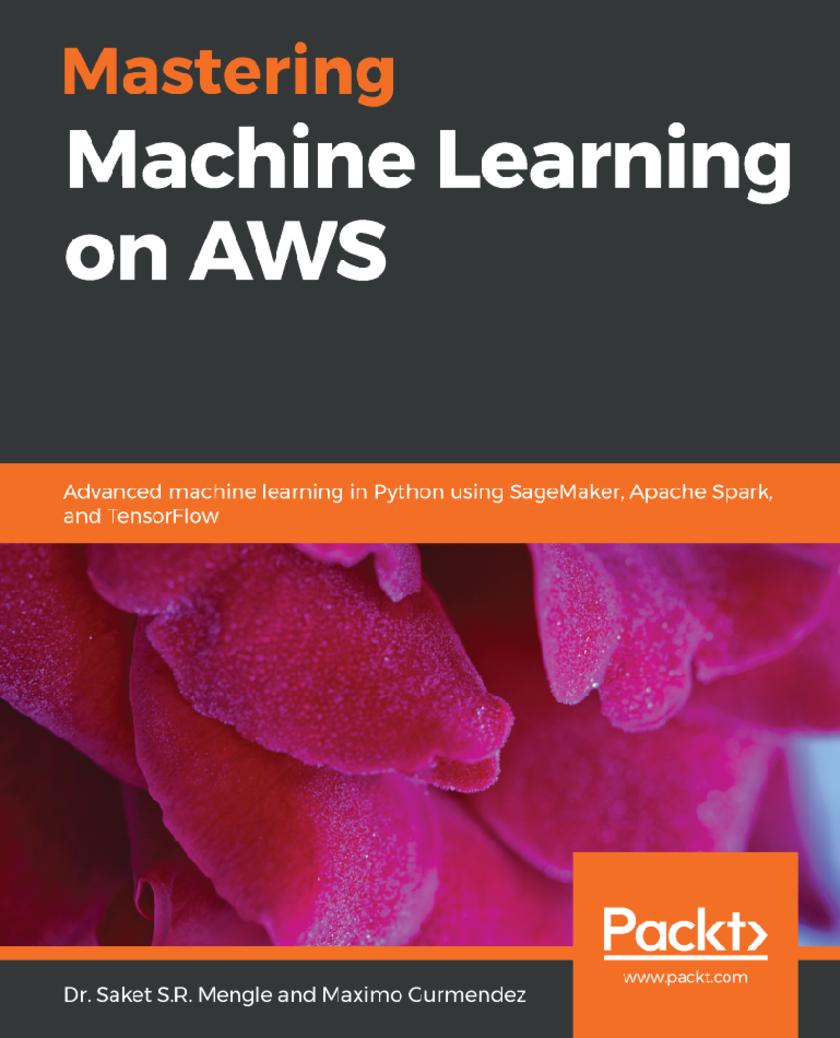
Mastering Machine Learning on AWS
¥62.12
Gain expertise in ML techniques with AWS to create interactive apps using SageMaker, Apache Spark, and TensorFlow. Key Features * Build machine learning apps on Amazon Web Services (AWS) using SageMaker, Apache Spark and TensorFlow * Learn model optimization, and understand how to scale your models using simple and secure APIs * Develop, train, tune and deploy neural network models to accelerate model performance in the cloud Book Description AWS is constantly driving new innovations that empower data scientists to explore a variety of machine learning (ML) cloud services. This book is your comprehensive reference for learning and implementing advanced ML algorithms in AWS cloud. As you go through the chapters, you’ll gain insights into how these algorithms can be trained, tuned and deployed in AWS using Apache Spark on Elastic Map Reduce (EMR), SageMaker, and TensorFlow. While you focus on algorithms such as XGBoost, linear models, factorization machines, and deep nets, the book will also provide you with an overview of AWS as well as detailed practical applications that will help you solve real-world problems. Every practical application includes a series of companion notebooks with all the necessary code to run on AWS. In the next few chapters, you will learn to use SageMaker and EMR Notebooks to perform a range of tasks, right from smart analytics, and predictive modeling, through to sentiment analysis. By the end of this book, you will be equipped with the skills you need to effectively handle machine learning projects and implement and evaluate algorithms on AWS. What you will learn * Manage AI workflows by using AWS cloud to deploy services that feed smart data products * Use SageMaker services to create recommendation models * Scale model training and deployment using Apache Spark on EMR * Understand how to cluster big data through EMR and seamlessly integrate it with SageMaker * Build deep learning models on AWS using TensorFlow and deploy them as services * Enhance your apps by combining Apache Spark and Amazon SageMaker Who this book is for This book is for data scientists, machine learning developers, deep learning enthusiasts and AWS users who want to build advanced models and smart applications on the cloud using AWS and its integration services. Some understanding of machine learning concepts, Python programming and AWS will be beneficial.
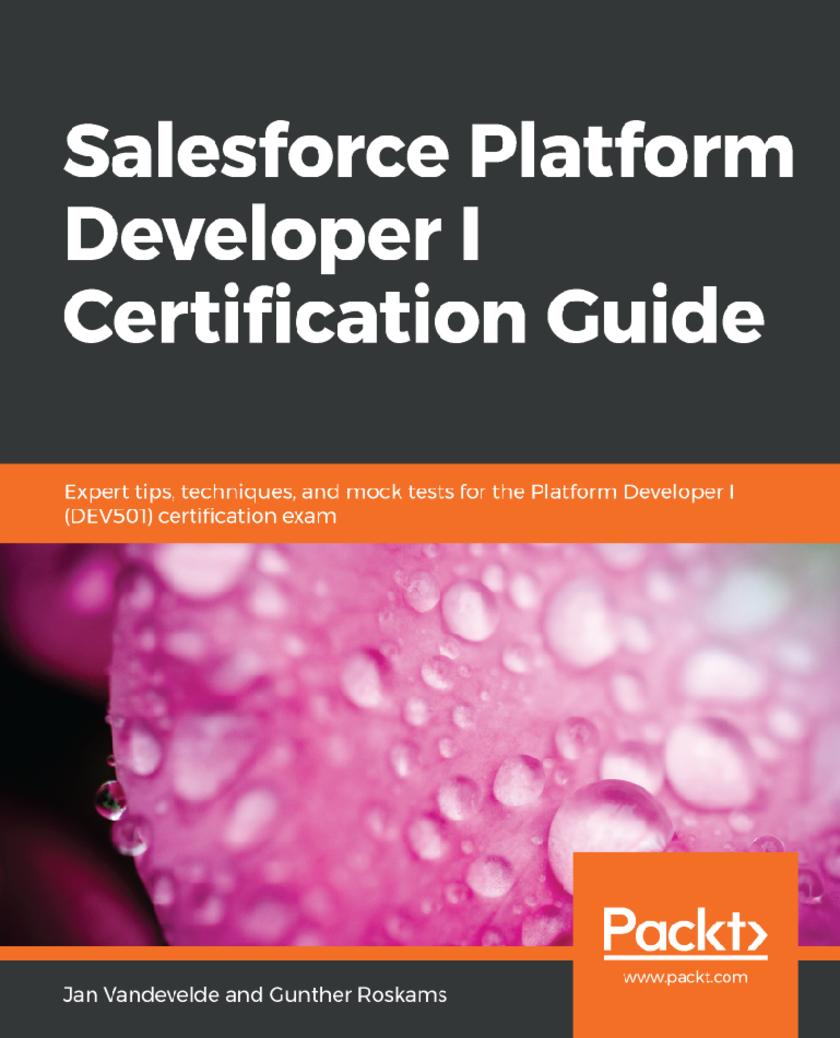
Salesforce Platform Developer I Certification Guide
¥70.84
Build and deploy scalable applications on the Salesforce Lightning Platform using the latest features of Spring '19 Key Features * An end-to end-guide with practice tests to help you achieve the Salesforce Platform Developer certification * Design data models, user interfaces, and business logic for your custom applications * Understand the complete development life cycle from designing to testing Book Description Salesforce Lightning Platform, used to build enterprise apps, is being increasingly adopted by admins, business analysts, consultants, architects, and especially developers. With this Salesforce certification, you'll be able to enhance your development skills and become a valuable member of your organization. This certification guide is designed to be completely aligned with the official exam study guide for the latest Salesforce Certified Platform Developer I release and includes updates from Spring '19. Starting with Salesforce fundamentals and performing data modeling and management, you’ll progress to automating logic and processes and working on user interfaces with Salesforce components. Finally, you'll learn how to work with testing frameworks, perform debugging, and deploy metadata, and get to grips with useful tips and tricks. Each chapter concludes with sample questions that are commonly found in the exam, and the book wraps up with mock tests to help you prepare for the DEV501 certification exam. By the end of the book, you’ll be ready to take the exam and earn your Salesforce Certified Platform Developer I certification. What you will learn * Solve sample questions and mock tests and work with exam patterns * Gain an understanding of declarative Salesforce tools such as Process Builder, flows, and many more * Code in Salesforce using the Developer Console and IDEs * Grasp the basics of object-oriented programming * Write Apex classes, Visualforce pages, and Apex test classes with easy-to-follow steps * Explore the different deployment tools that you can use to push metadata to different environments * Build custom declarative apps and programs on Force.com platforms Who this book is for The Salesforce Platform Developer I Certification Guide is for you if you want to learn how to develop and deploy business logic and user interfaces using the capabilities of the Lightning Platform. No prior knowledge of Apex programming is required.
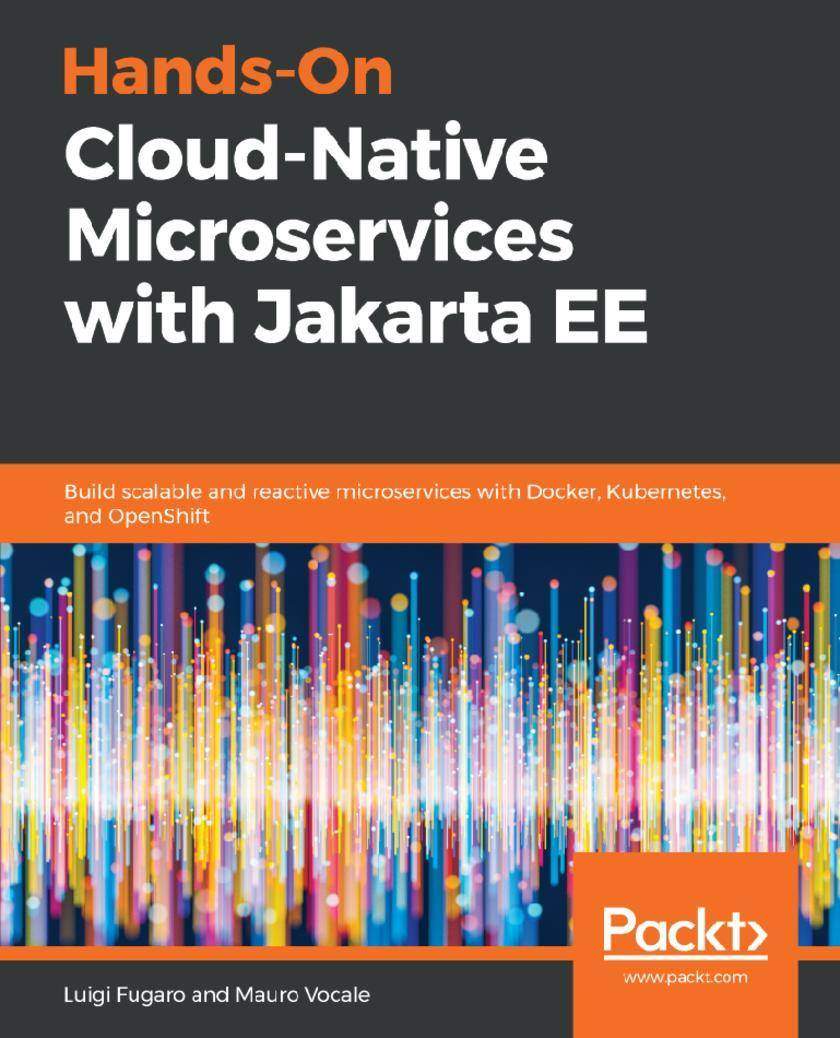
Hands-On Cloud-Native Microservices with Jakarta EE
¥81.74
Discover how cloud-native microservice architecture helps you to build dynamically scalable applications by using the most widely used and adopted runtime environments Key Features * Build robust cloud-native applications using a variety of tools * Understand how to configure both Amazon Web Services (AWS) and Docker clouds for high availability * Explore common design patterns used in building and deploying microservices architecture. Book Description Businesses today are evolving rapidly, and developers now face the challenge of building applications that are resilient, flexible, and native to the cloud. To achieve this, you'll need to be aware of the environment, tools, and resources that you're coding against. The book will begin by introducing you to cloud-native architecture and simplifying the major concepts. You'll learn to build microservices in Jakarta EE using MicroProfile with Thorntail and Narayana LRA. You'll then delve into cloud-native application x-rays, understanding the MicroProfile specification and the implementation/testing of microservices. As you progress further, you'll focus on continuous integration and continuous delivery, in addition to learning how to dockerize your services. You'll also cover concepts and techniques relating to security, monitoring, and troubleshooting problems that might occur with applications after you've written them. By the end of this book, you will be equipped with the skills you need to build highly resilient applications using cloud-native microservice architecture. What you will learn * Integrate reactive principles in MicroProfile microservices architecture * Explore the 12-factors-app paradigm and its implications * Get the best out of Java versions 8 and 9 to implement a microservice based on Thorntail * Understand what OpenShift is and why it is so important for an elastic architecture * Build a Linux container image using Docker and scale the application using Kubernetes * Implement various patterns such as, Circuit Breaker and bulkheads * Get to grips with the DevOps methodology using continuous integration (CI) and continuous deployment (CD) Who this book is for This book is for developers with basic knowledge of Java EE and HTTP-based application principles who want to learn how to build, test and scale Java EE microservices. No prior experience of writing microservices in Java EE is required.
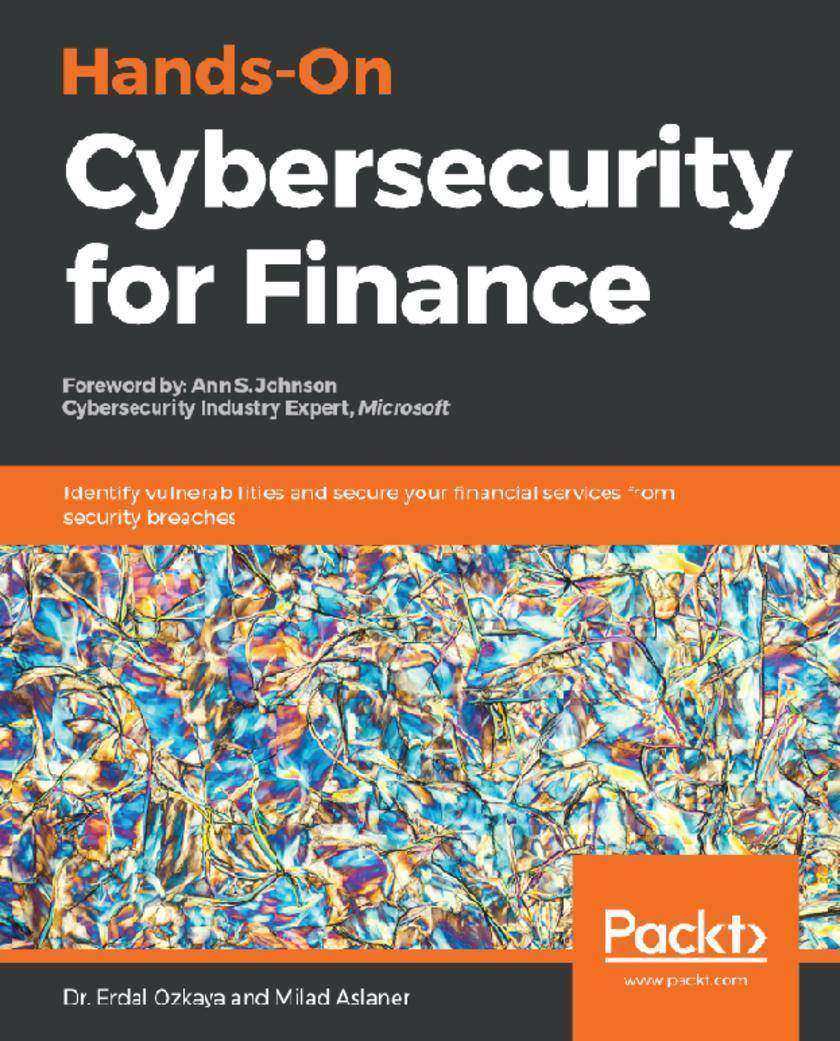
Hands-On Cybersecurity for Finance
¥81.74
A comprehensive guide that will give you hands-on experience to study and overcome financial cyber threats Key Features * Protect your financial environment with cybersecurity practices and methodologies * Identify vulnerabilities such as data manipulation and fraudulent transactions * Provide end-to-end protection within organizations Book Description Organizations have always been a target of cybercrime. Hands-On Cybersecurity for Finance teaches you how to successfully defend your system against common cyber threats, making sure your financial services are a step ahead in terms of security. The book begins by providing an overall description of cybersecurity, guiding you through some of the most important services and technologies currently at risk from cyber threats. Once you have familiarized yourself with the topic, you will explore specific technologies and threats based on case studies and real-life scenarios. As you progress through the chapters, you will discover vulnerabilities and bugs (including the human risk factor), gaining an expert-level view of the most recent threats. You'll then explore information on how you can achieve data and infrastructure protection. In the concluding chapters, you will cover recent and significant updates to procedures and configurations, accompanied by important details related to cybersecurity research and development in IT-based financial services. By the end of the book, you will have gained a basic understanding of the future of information security and will be able to protect financial services and their related infrastructures. What you will learn * Understand the cyber threats faced by organizations * Discover how to identify attackers * Perform vulnerability assessment, software testing, and pentesting * Defend your financial cyberspace using mitigation techniques and remediation plans * Implement encryption and decryption * Understand how Artificial Intelligence (AI) affects cybersecurity Who this book is for Hands-On Cybersecurity for Finance is for you if you are a security architect, cyber risk manager, or pentester looking to secure your organization. Basic understanding of cybersecurity tools and practices will help you get the most out of this book.
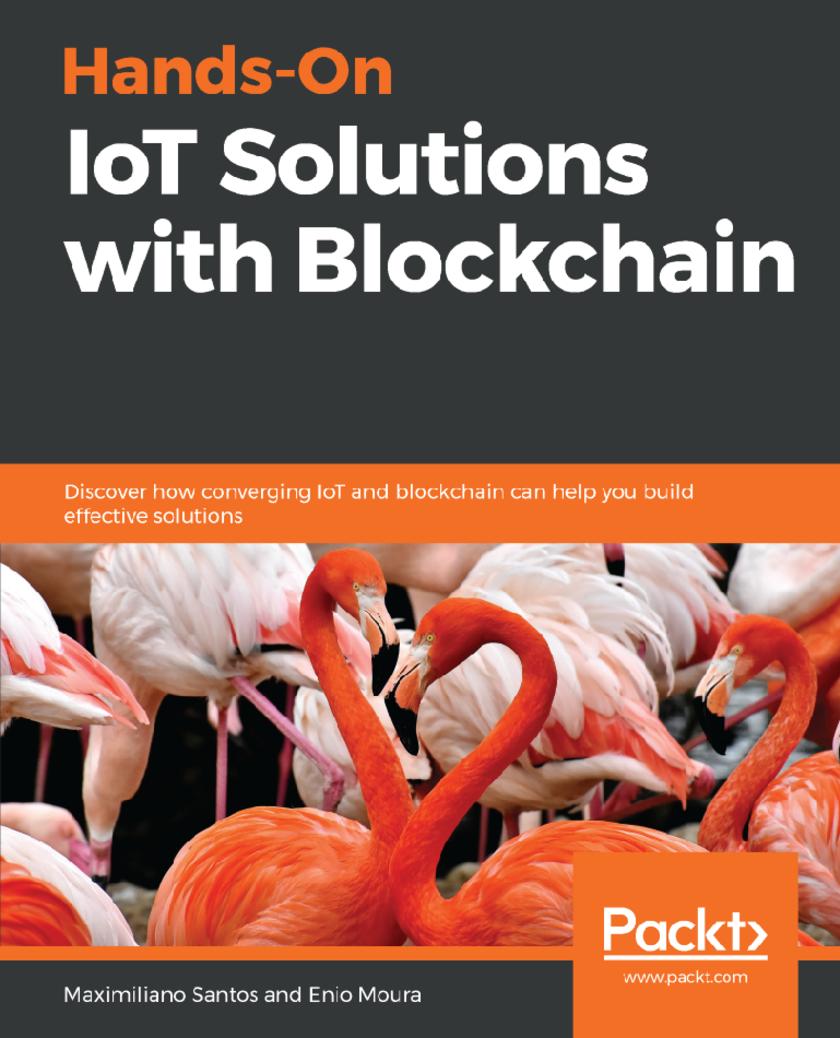
Hands-On IoT Solutions with Blockchain
¥63.21
Integrate an end-to-end logistic chain using IBM Blockchain and IoT platforms Key Features *Explore practical implementation of ledger technology in the IoT architecture *Study security best practices for your smart devices *Understand Blockchain implementation for end-to-end IoT solutions Book Description Blockchain has been the hot topic of late thanks to cryptocurrencies. To make matters more interesting, the financial market is looking for ways to reduce operational costs and generate new business models, and this is where blockchain solutions come into the picture. In addition to this, with Internet of Things (IoT) trending and Arduino, Raspberry Pi, and other devices flooding the market, you can now create cheap devices even at home. Hands-On IoT Solutions with Blockchain starts with an overview of IoT concepts in the current business scenario. It then helps you develop your own device on the IBM Watson IoT platform and create your fi rst IoT solution using Watson and Intel Edison.Once you are familiar with IoT, you will learn about Blockchain technology and its use cases. You will also work with the Hyperledger framework and develop your own Blockchain network. As you progress through the chapters, you'll work with problem statements and learn how to design your solution architecture so that you can create your own integrated Blockchain and IoT solution. The next set of chapters will explain how to implement end-to-end Blockchain solutions with IoT using the IBM Cloud platform. By the end of this book, you will have mastered the convergence of IoT and Blockchain technology and exploited the best practices and drivers to develop a bulletproof integrated solution. What you will learn *Understand the key roles of IoT in the current market *Study the different aspects of IBM Watson IoT platform *Create devices, gateways, and applications connected to the platform *Explore the fundamentals of Blockchain *Define good use cases for Blockchain *Discover the Hyperledger Fabric and Composer frameworks *Develop an IBM Watson IoT application using a Intel Edison *Integrate IoT with the Blockchain platform Who this book is for Hands-On IoT Solutions with Blockchain is for you if you are an Internet of Things (IoT) analyst, architect, engineer, or any stakeholder responsible for security mechanisms on an IoT infrastructure. This book is also for IT professionals who want to start developing solutions using Blockchain and IoT on the IBM Cloud platform. Basic understanding of IoT will assist you in understanding key concepts covered in the book.
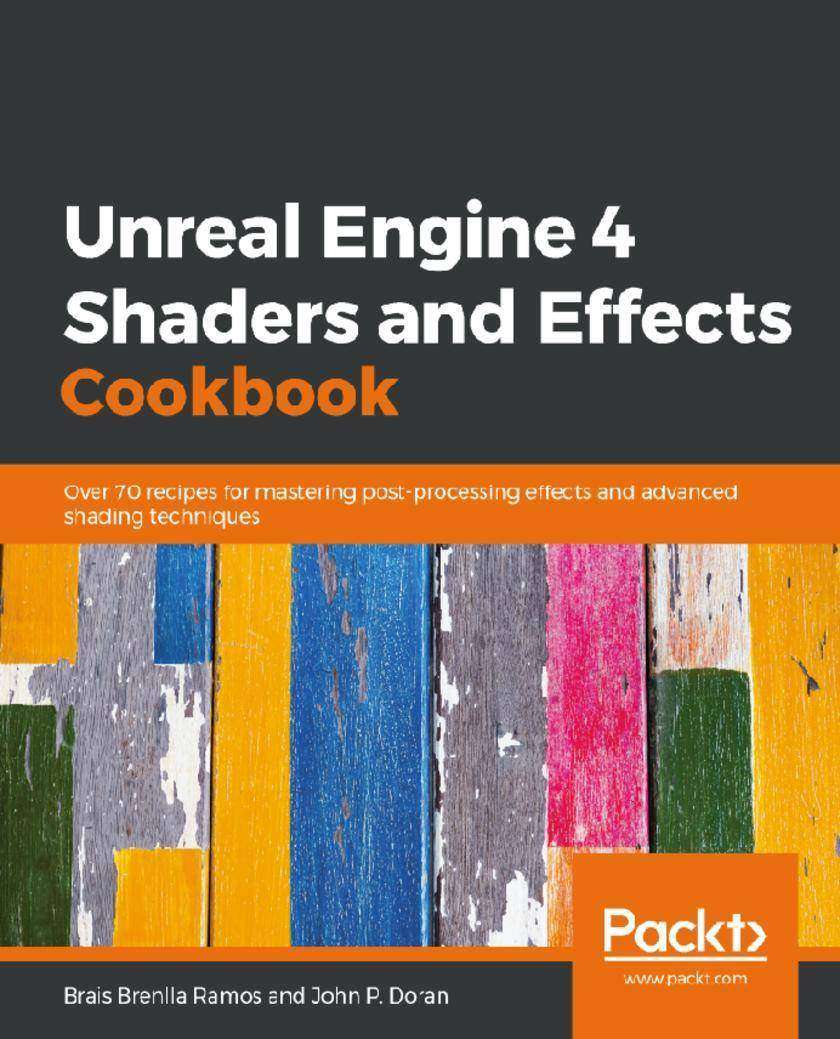
Unreal Engine 4 Shaders and Effects Cookbook
¥70.84
Build optimized, efficient, and real-time applications that are production-ready using Unreal Engine's Material Editor Key Features * Create stunning visual effects for 3D games and high-quality graphics * Design efficient Shaders for mobile platforms without sacrificing their realism * Discover what goes into the structure of Shaders and why lighting works the way it does Book Description Unreal Engine 4 is a powerful game engine, one which has seen a recent boost in widespread adoption thanks to its ease of use and the powerful rendering pipeline that it packs. Seeing as how it's relatively easy to create stunning presentations and visuals, Unreal has quickly become a strong contender in industries where this kind of software had been previously denied entry. With that in mind, this book aims to help you get the most out of Unreal Engine 4 - from creating awe-inspiring graphics to delivering optimized experiences to your users. This is possible thanks to a mixture of hands-on experience with real materials and the theory behind them. You will immediately know how to create that material that you want to display, and you'll also end up with the knowledge that will let you know how to control it. All of this will be done without losing sight of two key components of any real-time application - optimization, and efficiency. The materials that you create will be light and efficient, and they will vary depending on your target platform. You'll know which techniques can be used in any kind of device and which ones should be kept to high-end machines, giving you the confidence to tackle any material-related task that you can imagine. Hop onboard and discover how! What you will learn * Master Unreal Engine's rendering pipeline for developing real-time graphics * Use physically based rendering (PBR) for building materials and lighting solutions * Build optimized materials for games targeting multiple platforms * Understand Unreal Engine's node and functions for creating desirable effects * Design and build production-ready shaders * Explore Unreal Engine's Material Editor for building complex materials and textures Who this book is for This book is for developers who want to create their first Shaders in Unreal Engine 4 or wish to take their game to a whole new level by adding professional post-processing effects. A solid understanding of Unreal is required to get the most from this book.
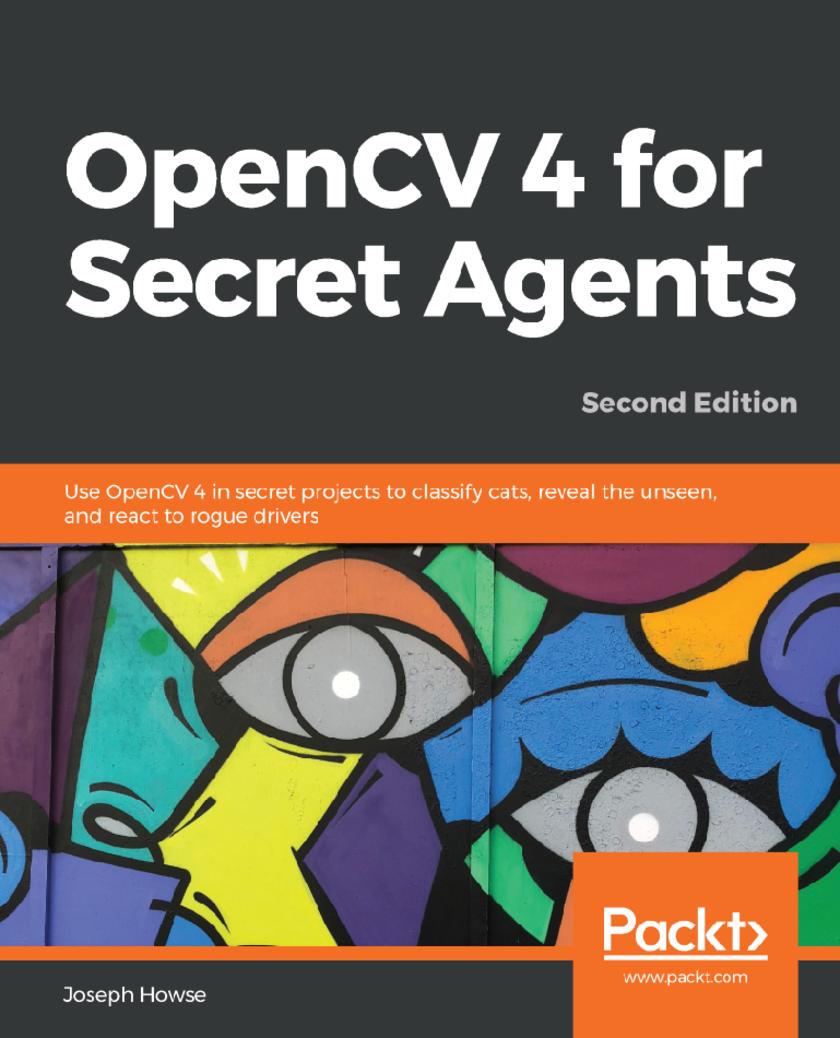
OpenCV 4 for Secret Agents
¥70.84
Turn futuristic ideas about computer vision and machine learning into demonstrations that are both functional and entertaining Key Features * Build OpenCV 4 apps with Python 2 and 3 on desktops and Raspberry Pi, Java on Android, and C# in Unity * Detect, classify, recognize, and measure real-world objects in real-time * Work with images from diverse sources, including the web, research datasets, and various cameras Book Description OpenCV 4 is a collection of image processing functions and computer vision algorithms. It is open source, supports many programming languages and platforms, and is fast enough for many real-time applications. With this handy library, you’ll be able to build a variety of impressive gadgets. OpenCV 4 for Secret Agents features a broad selection of projects based on computer vision, machine learning, and several application frameworks. To enable you to build apps for diverse desktop systems and Raspberry Pi, the book supports multiple Python versions, from 2.7 to 3.7. For Android app development, the book also supports Java in Android Studio, and C# in the Unity game engine. Taking inspiration from the world of James Bond, this book will add a touch of adventure and computer vision to your daily routine. You’ll be able to protect your home and car with intelligent camera systems that analyze obstacles, people, and even cats. In addition to this, you’ll also learn how to train a search engine to praise or criticize the images that it finds, and build a mobile app that speaks to you and responds to your body language. By the end of this book, you will be equipped with the knowledge you need to advance your skills as an app developer and a computer vision specialist. What you will learn * Detect motion and recognize gestures to control a smartphone game * Detect car headlights and estimate their distance * Detect and recognize human and cat faces to trigger an alarm * Amplify motion in a real-time video to show heartbeats and breaths * Make a physics simulation that detects shapes in a real-world drawing * Build OpenCV 4 projects in Python 3 for desktops and Raspberry Pi * Develop OpenCV 4 Android applications in Android Studio and Unity Who this book is for If you are an experienced software developer who is new to computer vision or machine learning, and wants to study these topics through creative projects, then this book is for you. The book will also help existing OpenCV users who want upgrade their projects to OpenCV 4 and new versions of other libraries, languages, tools, and operating systems. General familiarity with object-oriented programming, application development, and usage of operating systems (OS), developer tools, and the command line is required.




 购物车
购物车 个人中心
个人中心



